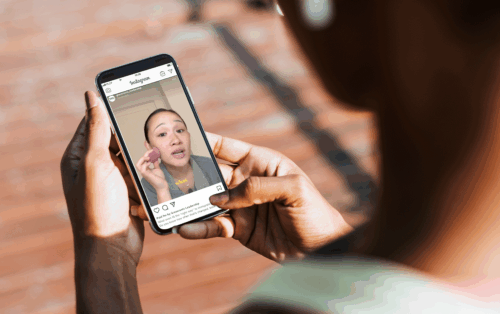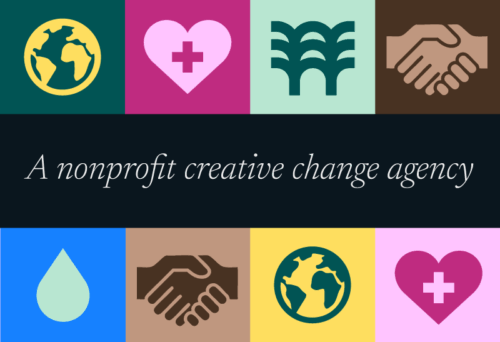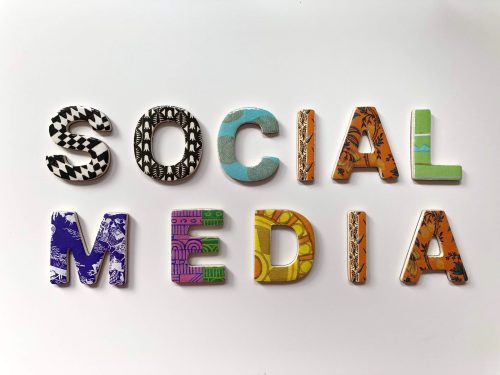
Purpose
A social media toolkit contains information and resources to push out and amplify a social media campaign/cause. It is similar to a press kit for promoting a news item, but the audience is your supporters and partners, rather than journalists or media contacts.
The toolkit at heart is a messaging exercise: when creating content for your social media toolkit, think about the values and interests of your audiences (who you want to take action), and how to strategically use text, visuals and interact elements to capture their attention.
You will share your toolkit with your supporters, advocates, colleagues and partner organizations who have agreed to help amplify your campaign/cause.
Elements of a Social Media Toolkit
Purpose
Start the toolkit with an overview and how it is designed to be used. Consider the following questions:
– What is the campaign/cause?
– Why is this campaign/cause important to your supporters and your shared goals?
– Are there links to news articles or related organizations to contextualize the campaign/cause?
– What do you want your supporters to do? What are instructions and best practices for supporters to engage with and use the toolkit?
– Who should people contact for more information or questions about the campaign/cause or toolkit?
Sample Posts
Include 4-5 sample social media posts for each platform you want to roll out the campaign/cause on (Twitter, Facebook, Instagram, etc.). Supporters can copy and paste posts, or write their own using the same messaging, link, and hashtags. The version of each post should fit the length and tone of the different platforms. For example:
– Twitter posts should be no longer than 280 characters
– Twitter and Facebook posts should almost always be accompanied with a visual, either as a link preview or an uploaded visual asset
– Instagram posts use square images
– Instagram posts can include up to 30 hashtags, but we recommend up to 5 strong and specific hashtags
Hashtags
Recommend 4-6 hashtags for your supporters to use when sharing your campaign/cause on social media. Search for hashtags on your selected social media platforms and select ones that are used to highlight similar issues.
If this is a large campaign, consider creating a new hashtag. Hashtags unify posts and make it easy for followers to quickly find all information about your campaign (as long as your hashtag is consistently used).
Visual Assets
The shareability and virality of social media posts is highly dependent on the use of compelling visuals that carry an emotional impact. Include a set of visual assets to accompany social media posts on all platforms, such as branded visuals or agreed-upon photos that represent the campaign.
If your organization doesn’t have access to a professional designer to create branded visuals, don’t worry. We recommend using Canva, a free browser-based visuals design tool. You don’t need any graphic design experience, it uses an intuitive drag-and-drop feature, and you get access to hundreds of customizable templates for each social media.
Keep in mind that visuals should be sized according to the requirements of each platform. Refer to this updated spreadsheet by SproutSocial for image size guidelines.
When uploading visuals to social media, be sure to include alternate text to make the content accessible to low and no vision users using text-only browsers. When uploading videos, make sure they include open or closed captioning for deaf or hard of hearing users.
Social Media Metrics
When rolling out any social media campaign/cause, use metrics to watch to determine effectiveness of your team’s efforts. Track metrics in the analytics page of each social media platform on a consistent basis and use that information to adjust your strategy accordingly. Are some images getting more engagement and performing much better than others? Increase your usage of those and table the rest. Is no one clicking on your call to action link? Make sure the link actually works and is entered in correctly in the post. Are your posts not getting the attention of key influencers and decisionmakers? Include their handles in posts going forward and engage with their posts to draw more attention to your content.
Some metrics you may consider tracking, post-campaign launch:
- Number of donations
- Website page visits
- Number of email addresses captured
- Likes/reshares/retweets/comments/follows on social media
Examples of Toolkits by Resource Media
Energy Efficiency Day: https://energyefficiencyday.org/social-media-toolkit/
Global Climate Action Summit: http://www.rm-mig.local/climatewoke-global-climate-action-summit-social-media-toolkit/
National Ag Day: https://docs.google.com/document/d/10SOaQm7YMUDfVibKimVJAyiOj-BTjwN6zygHPKGkmt0/edit
Download a PDF version of this tipsheet.
Originally published March 6, 2020.
More Insights and Resources


Rooted in who we are: Check out our new look and website

